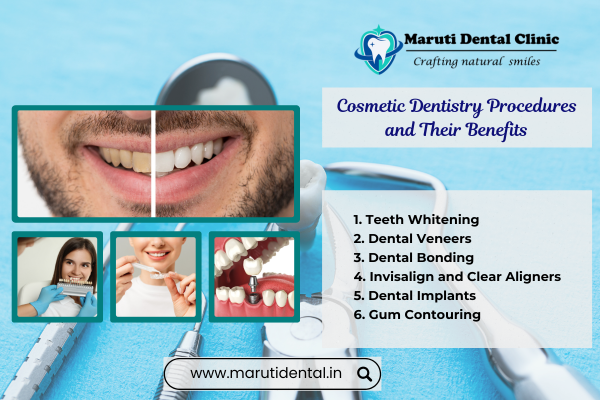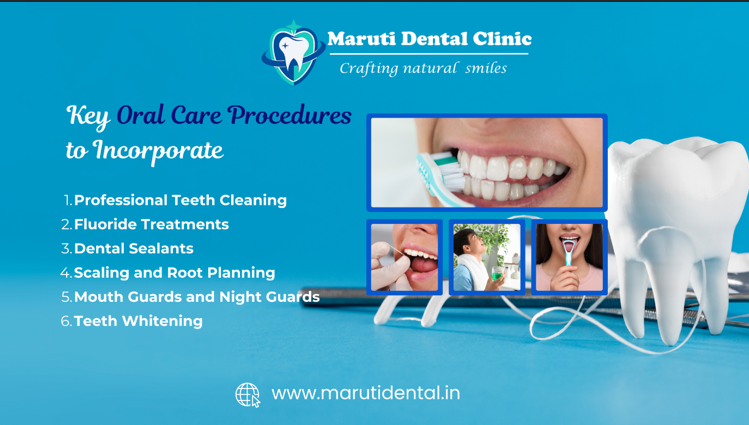Proper oral hygiene is the cornerstone of a healthy and confident smile. While daily brushing and flossing are essential, professional teeth cleaning and polishing offer deeper benefits that go beyond what you can achieve at home. In this comprehensive guide, we’ll explore the techniques, benefits, and differences between teeth cleaning and polishing, answering questions like “Is cleaning and polishing good for teeth?” and “Is cleaning the same as polishing?”

What Is Teeth Cleaning?
Teeth cleaning, often referred to as prophylaxis, is a professional dental procedure aimed at removing plaque, tartar, and surface stains. Performed by dental hygienists or dentists, the process involves using specialized tools to thoroughly clean the teeth and gums. Teeth cleaning addresses areas that are difficult to reach with a toothbrush, helping prevent gum disease, cavities, and other dental issues.
Common Steps in Professional Teeth Cleaning:
- Scaling: Removes hardened tartar (calculus) from tooth surfaces and below the gum line using ultrasonic instruments or manual scalers.
- Flossing: Cleans between the teeth to remove remaining debris.
- Rinsing: Flushes out loosened particles.
- Fluoride Treatment (Optional): Strengthens enamel and protects against decay & hypersensitivity.
What Is Teeth Polishing?
Teeth polishing is a procedure that focuses on enhancing the appearance of your teeth by removing surface stains and leaving them smooth and shiny. This step is often performed after teeth cleaning and uses polishing tools along with a gritty paste known as prophylaxis paste.
Techniques for Teeth Polishing:
- Rubber Cup Polishing: Uses a rotating rubber cup with abrasive paste to smooth and brighten teeth.
- Air Polishing: Employs a combination of air, water, and a mild abrasive to remove surface stains gently.
- Therapeutic Polishing: Targets exposed root surfaces to reduce plaque accumulation and prevent bacterial growth.
Is Cleaning and Polishing Good for Teeth?
Absolutely! Professional cleaning and polishing provide numerous benefits, not only for your oral health but also for your confidence.
Benefits of Teeth Cleaning:
- Prevents gum disease by removing plaque and tartar buildup.
- Reduces the risk of cavities and tooth loss.
- Helps detect early signs of dental issues during routine visits.
Benefits of Teeth Polishing:
- Enhances the aesthetics of your smile by removing stains from coffee, tea, or smoking.
- Makes it harder for plaque and bacteria to adhere to smooth surfaces.
- Boosts confidence by giving your teeth a polished, bright appearance.
- However, overdoing polishing can wear down enamel if performed excessively. Most dentists recommend polishing as an occasional treatment rather than a regular procedure.
Is Cleaning the Same as Polishing?
While teeth cleaning and polishing are often performed during the same dental visit, they serve different purposes and use distinct techniques.
Key Differences:
- Purpose: Cleaning removes plaque and tartar for oral health, while polishing enhances the appearance of teeth by removing surface stains.
- Tools: Cleaning involves ultrasonic scalers or manual scrapers, whereas polishing uses rubber cups, air polishers, or abrasive pastes.
- Frequency: Cleaning is a preventive health measure and typically done every six months. Polishing is more aesthetic-focused and performed as needed.
Techniques for Teeth Cleaning and Polishing at Home
While professional care is essential, maintaining good oral hygiene at home can enhance the effects of cleaning and polishing.
Teeth Cleaning Tips:
- Brush at least twice a day with fluoride toothpaste.
- Use an electric toothbrush for better plaque removal.
- Floss daily to clean between teeth.
- Rinse with an antibacterial mouthwash to reduce bacteria.
Polishing Alternatives:
- Use whitening toothpaste for mild stain removal.
- Avoid abrasive DIY methods like baking soda, which can damage enamel.
- Consume foods like apples or carrots that naturally clean teeth.
- Modern Innovations in Teeth Cleaning and Polishing
Advances in dental technology have made these procedures more effective and comfortable.
- Laser-Assisted Cleaning: Utilizes laser technology to remove plaque and tartar with precision and minimal discomfort.
- Hydroxyapatite Polishing: A newer method that uses enamel-strengthening particles for polishing, offering added benefits for tooth health.
Common Myths About Teeth Cleaning and Polishing
-
Myth: Cleaning and polishing are painful.
Fact: While some sensitivity may occur, most patients find these procedures painless and comfortable.
2. Myth: Polishing damages enamel.
Fact: When done by a professional, polishing is safe and does not harm enamel.
3. Myth: You don’t need professional cleaning if you brush well.
Fact: Even with excellent oral hygiene, professional cleaning is crucial for removing tartar and addressing hard-to-reach areas.
When Should You Schedule Teeth Cleaning and Polishing?
Dental experts recommend scheduling teeth cleaning every six months. Polishing can be done less frequently, depending on your needs and your dentist’s recommendation. Regular visits ensure that any potential issues are identified and addressed early.
Conclusion:
Teeth cleaning and polishing are vital components of comprehensive oral care. While cleaning protects your oral health by removing harmful buildup, polishing enhances your smile by eliminating surface stains. Together, they ensure your teeth remain healthy, bright, and confident.
If you’re considering teeth cleaning and polishing, contact us to develop a routine tailored to your needs. A brighter, healthier smile is just a dental visit away!



